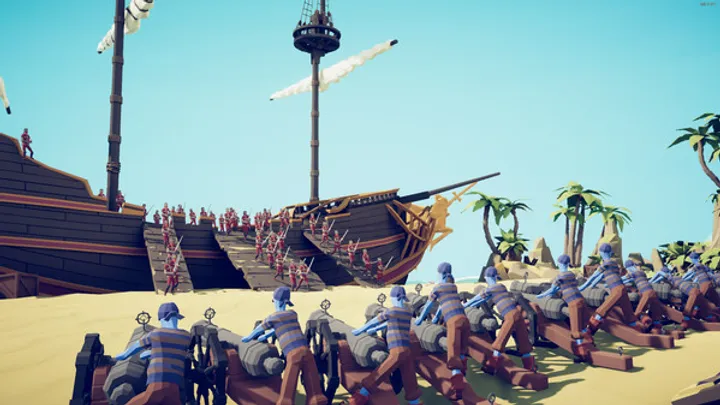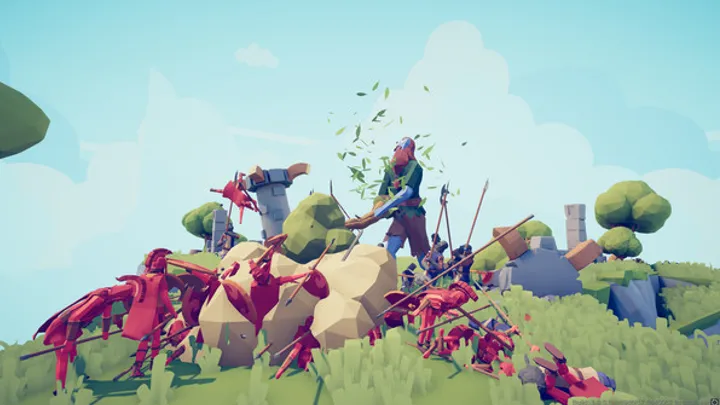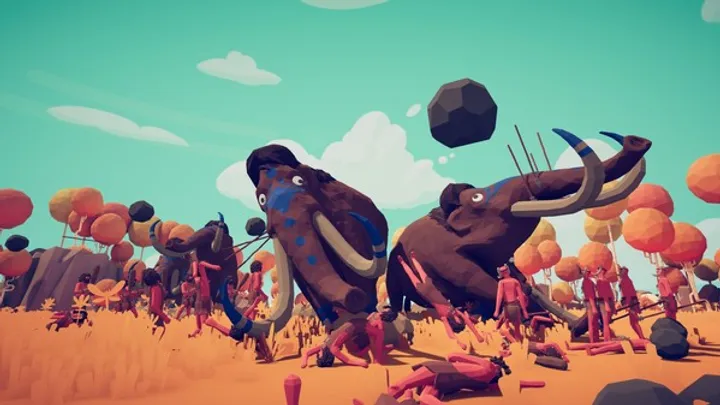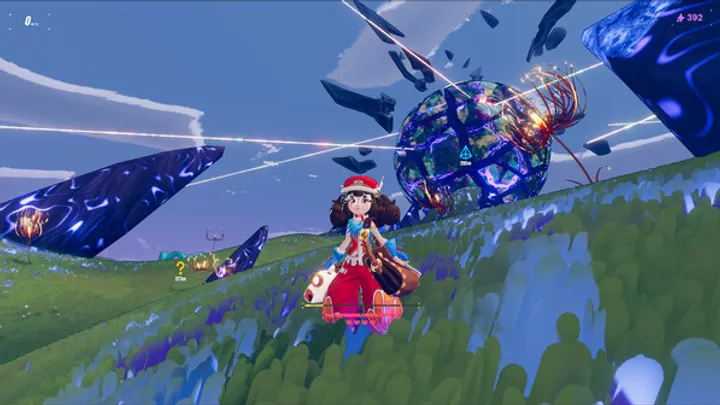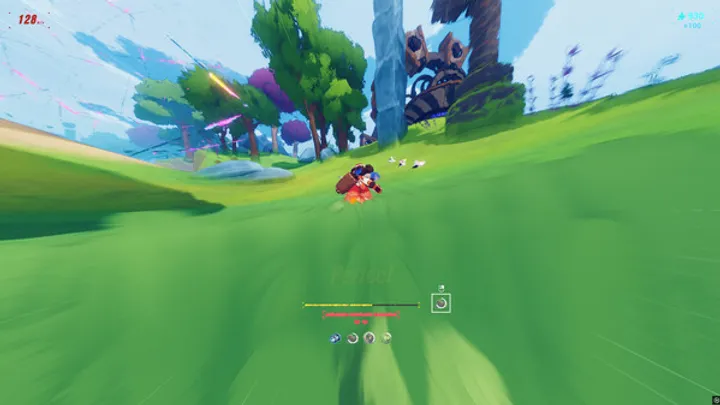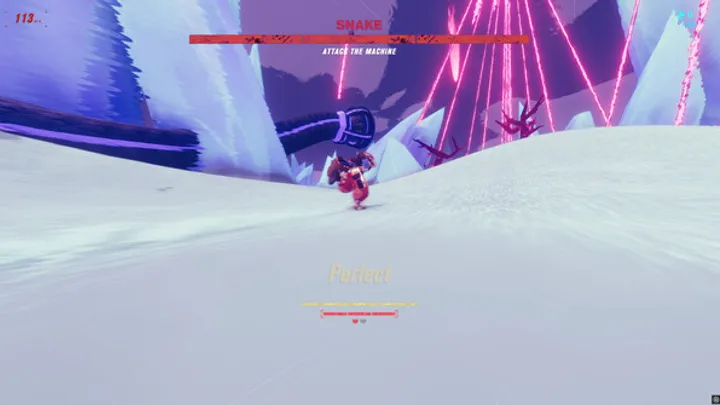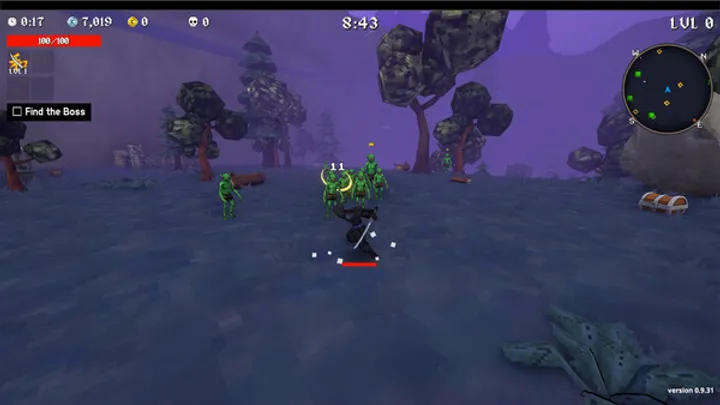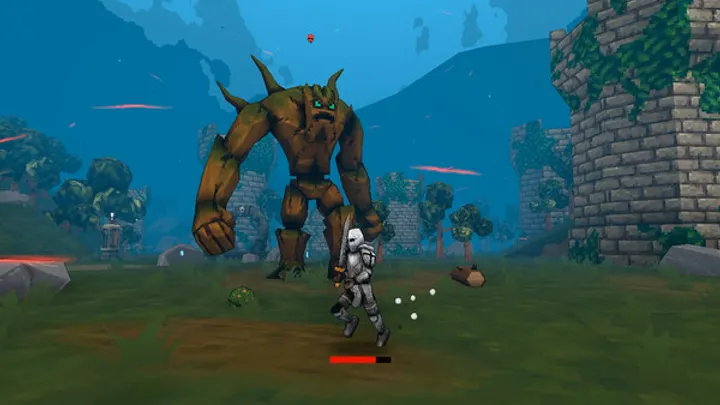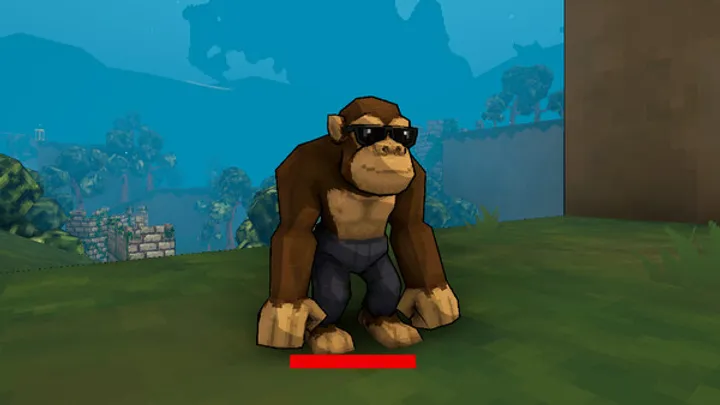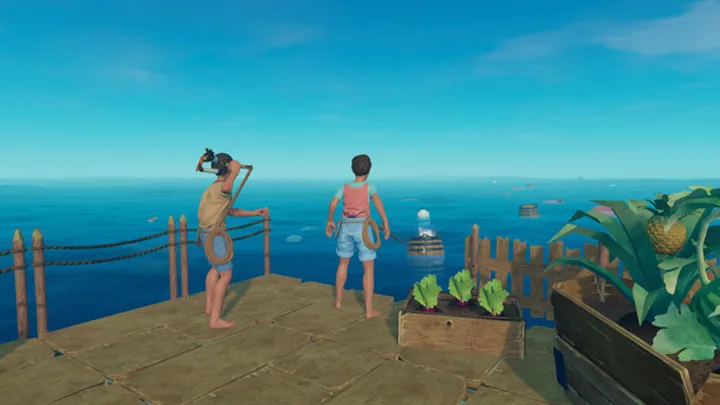Haste, the high-speed action-racing game developed by Landfall, is praised for its fluid movement mechanics, stylish visuals, and adrenaline-fueled gameplay. However, one specific issue has emerged as a major point of contention among players: the Skull Node segments. These high-risk, high-reward sections are designed to test precision and reflexes, but many players find them frustratingly unfair. This article explores the Skull Node problem in depth—its design flaws, player feedback, and potential solutions—across ten structured sections arranged by gameplay progression and impact.
1. What Are Skull Nodes and Why They Matter Skull Nodes are optional challenge segments scattered throughout Haste’s maps. They offer bonus rewards for players who complete them without dying. These nodes are meant to reward mastery and risk-taking.
However, Skull Nodes often feature abrupt turns, narrow paths, and unpredictable hazards. Players must react instantly, and failure usually results in falling off the map or getting stuck in a death zone. The difficulty spike is jarring compared to the rest of the game.
Key Features of Skull Nodes:
- Optional high-risk routes
- Offer bonus rewards and speed boosts
- Punish failure with instant death or reset
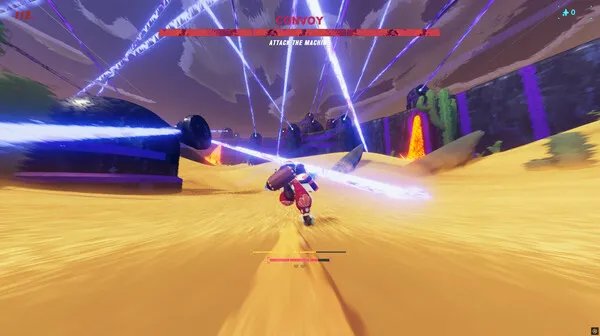
2. The Problem of Reaction Time and Visibility One of the most common complaints is the lack of time to react. Skull Nodes often introduce sharp turns or obstacles with little to no warning. At high speeds, players have milliseconds to adjust, leading to frequent deaths.
Visibility is also a concern. The game’s visual style, while sleek, sometimes obscures hazards. Players report missing turns or misjudging jumps due to poor contrast or camera angles.
Player Feedback:
- “I couldn’t see the turn until it was too late.”
- “It feels like trial and error, not skill.”
3. Death Zones and Punishment Mechanics Skull Nodes often end in death zones—areas where slowing down or missing a jump results in instant failure. These zones are unforgiving and offer no room for recovery or course correction.
Players argue that the punishment is disproportionate. A single mistake can end a run or force a restart, discouraging experimentation and learning. The lack of checkpoints within Skull Nodes compounds the issue.
Punishment Issues:
- Instant death for minor errors
- No recovery options or checkpoints
- Discourages risk-taking
4. Inconsistent Landing Feedback Another issue tied to Skull Nodes is the landing mechanic. Players report that even when executing what appears to be a perfect landing, the game registers it as “OK” instead of “Perfect,” reducing speed and momentum.
This inconsistency undermines player confidence. It’s unclear what constitutes a “Perfect” landing, and the feedback system lacks transparency. As a result, players often avoid Skull Nodes altogether.
Landing Feedback Problems:
- Unclear criteria for “Perfect” landings
- Inconsistent scoring reduces motivation
- Leads to avoidance of advanced mechanics
5. Tutorial Limitations and Learning Curve The tutorial in Haste does not adequately prepare players for Skull Nodes. It introduces basic movement and mechanics but skips over advanced techniques required for these segments.
Without proper guidance, players enter Skull Nodes unprepared. The steep learning curve and lack of practice zones make these challenges feel unfair rather than rewarding.
Tutorial Gaps:
- No Skull Node training or preview
- Lack of advanced movement instruction
- Players forced to learn through failure
6. Impact on Game Flow and Pacing Skull Nodes disrupt the game’s pacing. Haste is built around momentum and flow, but these segments often require abrupt stops, resets, or retries. This breaks immersion and rhythm.
Players who enjoy the game’s speed and fluidity find Skull Nodes jarring. The contrast between regular paths and challenge segments creates a disjointed experience.
Flow Disruption:
- Frequent resets break momentum
- Skull Nodes feel disconnected from core gameplay
- Reduces enjoyment for speed-focused players
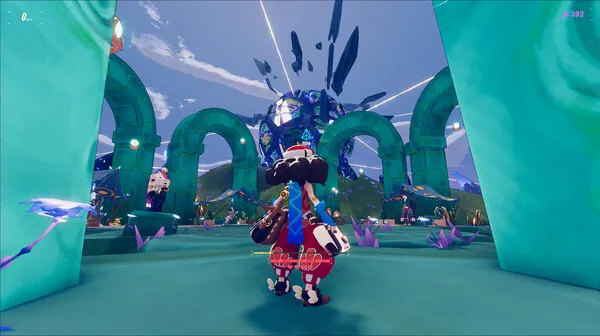
7. Community Feedback and Developer Response Steam forums and Reddit threads are filled with feedback about Skull Nodes. Players appreciate the concept but criticize the execution. Many suggest tweaks to visibility, difficulty scaling, and checkpoint systems.
Landfall developers have acknowledged the issue. In response to one thread, a developer admitted that Skull Nodes are “pretty frustrating” and that they themselves die in them often. This openness is appreciated, but players are eager for concrete fixes.
Community Suggestions:
- Add checkpoints or recovery zones
- Improve hazard visibility
- Scale difficulty based on player performance
8. Design Alternatives and Proposed Fixes To address the Skull Node problem, several design alternatives have been proposed. These include dynamic difficulty scaling, visual cues for upcoming hazards, and optional practice modes.
Adding checkpoints or soft failure zones would reduce frustration. Visual indicators like glowing arrows or hazard outlines could improve reaction time. A separate training mode for Skull Nodes could help players master them without penalty.
Proposed Fixes:
- Checkpoints within Skull Nodes
- Visual hazard indicators
- Practice mode for challenge segments
9. Balancing Risk and Reward Skull Nodes are meant to reward skilled players, but the current balance skews too heavily toward punishment. Adjusting the risk-reward ratio could make these segments more appealing.
Increasing the value of rewards or offering cosmetic unlocks might incentivize participation. Alternatively, allowing partial completion bonuses could encourage players to engage without fear of failure.
Reward Balancing Ideas:
- Cosmetic unlocks for Skull Node mastery
- Partial completion bonuses
- Scaled rewards based on performance
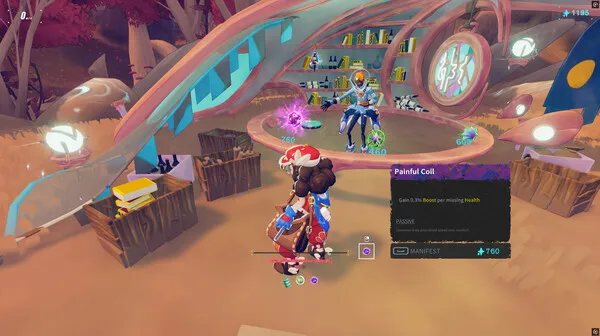
10. Long-Term Implications for Player Retention If left unaddressed, the Skull Node issue could impact player retention. Frustrated players may abandon the game or leave negative reviews. Conversely, refining these segments could enhance replayability and community engagement.
Haste has strong potential, and Skull Nodes could be a highlight if redesigned thoughtfully. Listening to player feedback and implementing changes will be key to long-term success.
Retention Impact:
- Frustration leads to player drop-off
- Improved Skull Nodes could boost replayability
- Developer responsiveness builds community trust
Conclusion Skull Nodes in Haste are a bold design choice that currently falls short of their potential. While intended to challenge and reward skilled players, they often frustrate due to poor visibility, harsh punishment, and inconsistent feedback. By addressing these issues through better tutorials, visual cues, and balanced mechanics, Landfall can transform Skull Nodes into a beloved feature rather than a dreaded obstacle.








